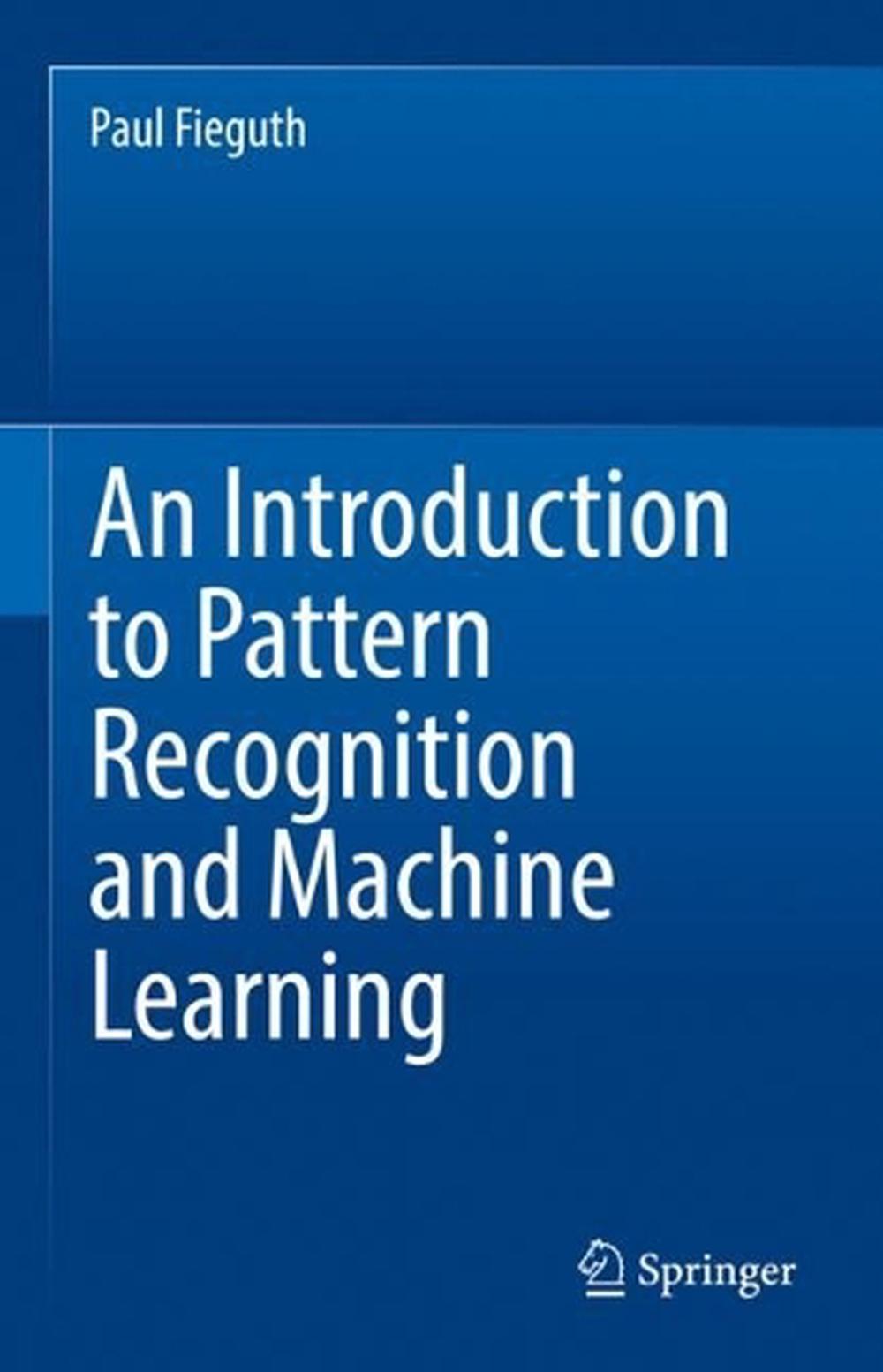
When you click on links to various merchants on this site and make a purchase, this can result in this site earning a commission. Affiliate programs and affiliations include, but are not limited to, the eBay Partner Network.
An Introduction to Pattern Recognition and Machine Learning by Paul Fieguth (Eng

- Item No : 146573044361
- Condition : Brand New
- Brand : No brand Info
- Seller : the_nile
- Current Bid : US $111.79
-
* Item Description
-
The Nile on eBay

An Introduction to Pattern Recognition and Machine Learning
by Paul Fieguth
The domains of Pattern Recognition and Machine Learning have experienced exceptional interest and growth, however the overwhelming number of methods and applications can make the fields seem bewildering.
FORMAT
HardcoverLANGUAGE
EnglishCONDITION
Brand New
Publisher Description
The domains of Pattern Recognition and Machine Learning have experienced exceptional interest and growth, however the overwhelming number of methods and applications can make the fields seem bewildering. This text offers an accessible and conceptually rich introduction, a solid mathematical development emphasizing simplicity and intuition. Students beginning to explore pattern recognition do not need a suite of mathematically advanced methods or complicated computational libraries to understand and appreciate pattern recognition; rather the fundamental concepts and insights, eminently teachable at the undergraduate level, motivate this text. This book provides methods of analysis that the reader can realistically undertake on their own, supported by real-world examples, case-studies, and worked numerical / computational studies.
Back Cover
The domains of Pattern Recognition and Machine Learning have experienced exceptional interest and growth, however the overwhelming number of methods and applications can make the fields seem bewildering. This text offers an accessible and conceptually rich introduction, a solid mathematical development emphasizing simplicity and intuition. Students beginning to explore pattern recognition do not need a suite of mathematically advanced methods or complicated computational libraries to understand and appreciate pattern recognition; rather the fundamental concepts and insights, eminently teachable at the undergraduate level, motivate this text. This book provides methods of analysis that the reader can realistically undertake on their own, supported by real-world examples, case-studies, and worked numerical / computational studies.
Table of Contents
Chapter 1. Overview.- Chapter 2. Introduction to Pattern Recognition.- Chapter 3. Learning.- Chapter 4. Representing Patterns.- Chapter 5. Feature Extraction and Selection.- Chapter 6. Distance-Based Classification.- Chapter 7. Inferring Class Models.- Chapter 8. Statistics-Based Classification.- Chapter 9. Classifier Testing and Validation.- Chapter 10. Discriminant-Based Classification.- Chapter 11. Ensemble Classification.- Chapter 12. Model-Free Classification.- Chapter 13. Conclusions and Directions.
Review
"The book is an introduction to pattern recognition and machine learning. ... The book brings a balance between the analytical and experimental approaches of teaching these important subjects. It offers a great deal of examples and case studies. ... The book contains very useful appendices for refreshing mathematical concepts. Overall, this is an excellent introduction to pattern recognition and machine learning." (Smaranda Belciug, zbMATH 1516.68002, 2023)
Feature
Provides case studies in each chapter to contextualize the study material with real-world examples Offers a worked numerical lab in every chapter to ensure that abstract concepts are made concrete and accessible Emphasizes fundamental topics and insights, keeping an eye to making the book engaging and meaningful to many
Details
ISBN3030959937Author Paul FieguthLanguage EnglishYear 2022ISBN-10 3030959937ISBN-13 9783030959937Format HardcoverDOI 10.1007/978-3-030-95995-1Publisher Springer Nature Switzerland AGEdition 1stImprint Springer Nature Switzerland AGPlace of Publication ChamCountry of Publication SwitzerlandUK Release Date 2022-11-10Pages 471Publication Date 2022-11-10Edition Description 1st ed. 2022DEWEY 006.4Audience Professional & VocationalIllustrations 265 Illustrations, color; 5 Illustrations, black and white; XXII, 471 p. 270 illus., 265 illus. in color.


-
- NO GRID Survival Projects
- $ 37.00
















